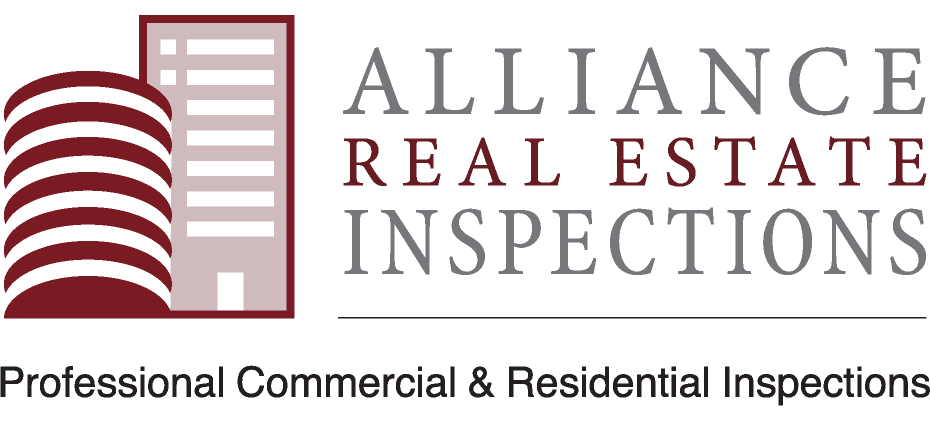About Mold Inspections
Not all mold, mildew and environmental impurities pose a threat. Obviously, no one can know what kind of fungus is present, or the degree of harm it may cause, without laboratory testing. That’s where we come in.
Mold is typically found in areas with poor air circulation (attics, crawl spaces, basements) or places exposed to moisture, such as showers or under sinks where pipes are prone to leak. This applies to both commercial and residential structures.
Our mold assessor will do an initial visual examination of the area. If he feels the need to take air samples, he will generally take two or more to determine a baseline. There is no minimum for swab samples. However, the majority of mold assessments performed for buyers who are in the process of purchasing a building will usually be a visual examination only. But buyers should prepare for two to three samples, just in case.
Why is it important to get a mold inspection? The following was borrowed from the Centers for Disease Control and Prevention website:
How common is mold, including Stachybotrys chartarum (also known by its synonym Stachybotrys atra) in buildings?
Molds are very common in buildings and homes and will grow anywhere indoors where there is moisture. The most common indoor molds are Cladosporium, Penicillium, Aspergillus, and Alternaria. We do not have precise information about how often Stachybotrys chartarum is found in buildings and homes. While it is less common than other mold species, it is not rare.
How do molds get in the indoor environment and how do they grow?
Mold spores occur in the indoor and outdoor environments. Mold spores may enter your house from the outside through open doorways, windows, and heating, ventilation, and air conditioning systems with outdoor air intakes. Spores in the air outside also attach themselves to people and animals, making clothing, shoes, bags, and pets convenient vehicles for carrying mold indoors.
When mold spores drop on places where there is excessive moisture, such as where leakage may have occurred in roofs, pipes, walls, plant pots, or where there has been flooding, they will grow. Many building materials provide suitable nutrients that encourage mold to grow. Wet cellulose materials, including paper and paper products, cardboard, ceiling tiles, wood, and wood products, are particularly conducive for the growth of some molds. Other materials such as dust, paints, wallpaper, insulation materials, drywall, carpet, fabric, and upholstery, commonly support mold growth.
How do molds affect people?
Some people are sensitive to molds. For these people, exposure to molds can lead to symptoms such as stuffy nose, wheezing, and red or itchy eyes, or skin. Some people, such as those with allergies to molds or with asthma, may have more intense reactions. Severe reactions may occur among workers exposed to large amounts of molds in occupational settings, such as farmers working around moldy hay. Severe reactions may include fever and shortness of breath.
People with a weakened immune system, such as people receiving treatment for cancer, people who have had an organ or stem cell transplant, and people taking medicines that suppress the immune system, are more likely to get mold infections.
Exposure to mold or dampness may also lead to development of asthma in some individuals. Interventions that improve housing conditions can reduce morbidity from asthma and respiratory allergies.
More information on mold, and associated risks, can be found in the FAQ section on the mold page of Centers for Disease Control and Prevention here.
